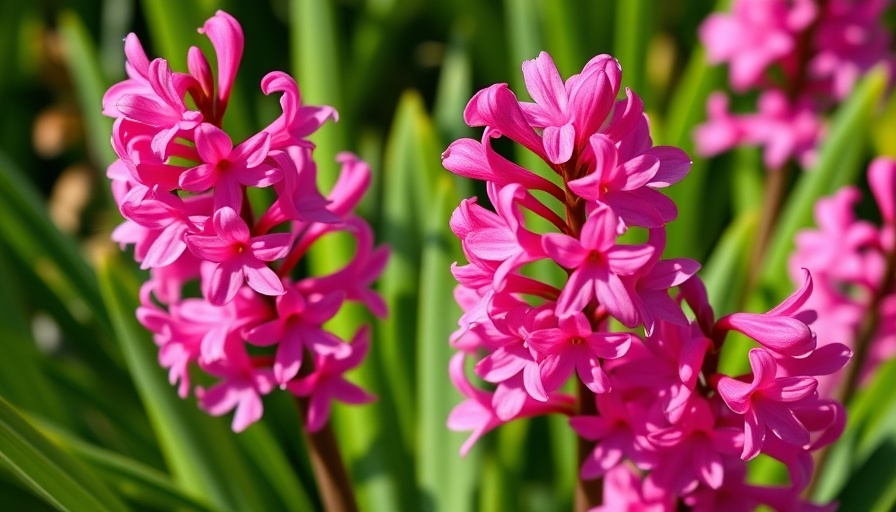
Unconventional Pumpkins: More than Just Halloween Decor
When you think of October, likely images of classic orange pumpkins and jack-o-lanterns spring to mind. However, there’s a colorful world of pumpkin varieties that can elevate your fall decor to something absolutely whimsical. Imagine decorating your porch with the ‘Black Kat’ pumpkin, known for its unique, nearly black exterior, or the distinctly warty ‘Galeux d’Eysines,’ which not only surprisingly tastes great but is also visually stunning. It’s time to embrace the bizarre and celebrate the fun pumpkins that can be easily grown right in your backyard.
Why Grow Unique Pumpkins?
Growing unusual pumpkins goes beyond aesthetics. They invite family engagement as children eagerly anticipate the harvest, and they add variety to your seasonal gatherings. Unlike the typical jack-o-lantern, these quirky pumpkin varieties serve multiple purposes: they can beautify your garden, offer delicious culinary uses, and even serve as conversation starters at fall festivities. Not to mention, pumpkins like ‘Red Warty Thing’ or ‘Super Freak Knucklehead’ have fascinating shapes that create a playful vibe in your outdoor spaces.
Deliciously Different: The Culinary Uses of Odd Pumpkins
While we adore their fun shapes, many of these pumpkins, like ‘Galeux d’Eysines,' are packed with flavor. This French heirloom variety is not only visually interesting with its warty, peach-colored skin; it produces sweet, dense flesh perfect for soups and pies. Choosing to grow varieties like these gives you the enjoyment of aesthetics and the benefits of delicious home-cooked meals!
Getting Started: Tips for Pumpkin Planting
If you’re inspired to try your hand at growing these offbeat pumpkins, here’s how to start:
- Choose the Right Time: Plant your seeds in late spring for a fruitful fall harvest. Most varieties need warm soil to thrive.
- Sunny Spot Required: Ensure plenty of sunlight! Pumpkins generally thrive in bright conditions, so pick a sunny corner of your yard.
- Soil Preparation: Enrich your soil with compost to support growth, and consider raised garden beds for manageable maintenance.
- Water Wisely: Keep the soil moist, but avoid oversaturating it, which can cause rot.
Community Gardening: A Growing Trend
These unique pumpkins can also foster community spirit. Gardening groups have started focusing on growing unusual pumpkin varieties not just for decoration but also for local events. Sharing your harvest at community gatherings or farmers’ markets can boost local pride and sustainability. Engaging in community gardening initiatives can make a world of difference in strengthening community ties while promoting an outdoor lifestyle.
Future Trends: The Rise of Unique Pumpkins
As more gardening enthusiasts seeks to break away from the ordinary, the trend of growing unique pumpkins shows no sign of slowing down. With social media amplifying these oddities, gardeners are inspired to swap seeds of warty, spotted, and shaped pumpkins. This trend is likely to continue, transforming the way we view pumpkins in the fall.
Overall, growing unique pumpkins can add joy, creativity, and a sense of community to your gardening experience. So why not shake things up this season? Give it a go and let the oddities grow on you!
 Add Row
Add Row  Add
Add 




Write A Comment